Report this entry
More from the same community-collection
Cellini Leathers - Mural - El Paso, Texas
This mural can be seen at the street corner of Magoffin and ...
Mural at Sunset Pumping Station
The picture shows the mural by Carlos Rossas at the wall of the ...
Wallace Apartments in Sunset Heights - El Paso, Texas
Built in 1903 and named for owner George E. Wallace, these ...
Former Henry C. Trost House - El Paso, Texas
This house in El Paso,Texas was designed by the star architect ...
Holy Family St. Anthony of the Desert Catholic Church
The Holy Family St. Anthony of the Desert Catholic Church is ...
Aztec-like Art Work in Sunset Heights
This Aztec-like art work was once on an outside wall on Prospect ...
Rainbow in Sunset Heights - El Paso, Texas
The picture is taken from Sunset Heights and shows a rainbow and ...
Running Path Alongside Rio Grande in Upper Valley
This path is used by many to walk and enjoy the scenery.
Peacock on Roof in Prado Verde Neighborhood in Upper Valley
Peacock enjoying the view on top of the roof.
Volodorez de Papantla from Vera Cruz, Mexico
Voladores de Papantla are famous for their daring performances ...

















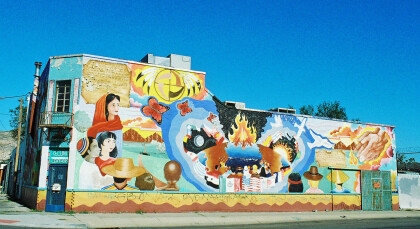
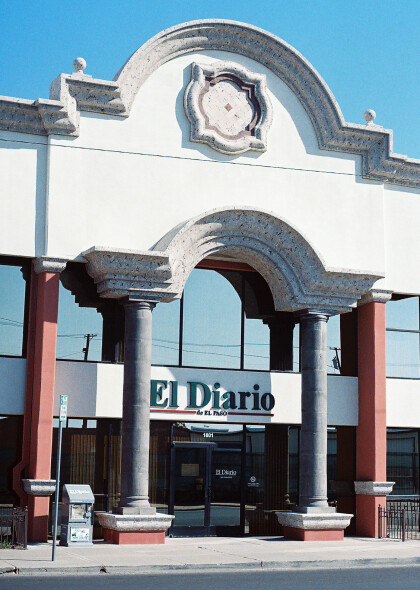
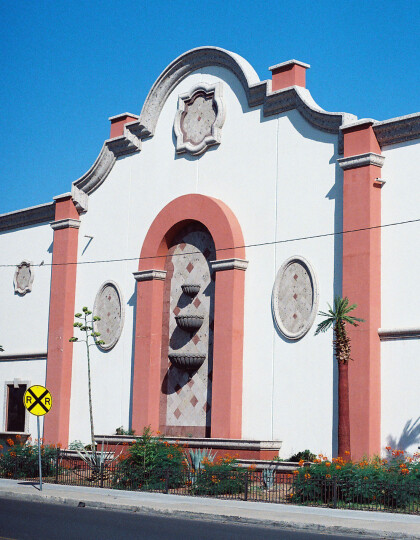
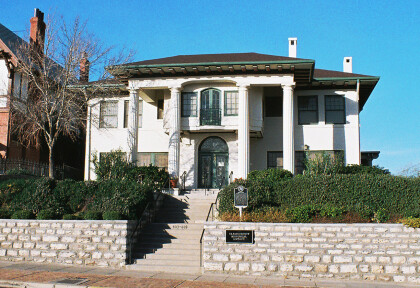
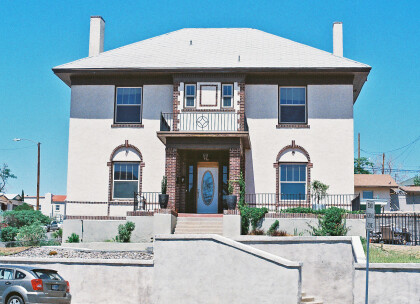
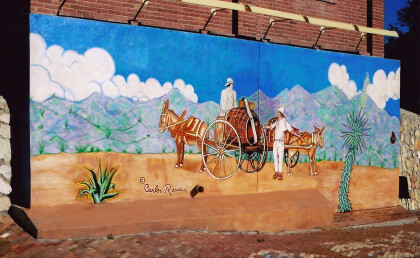
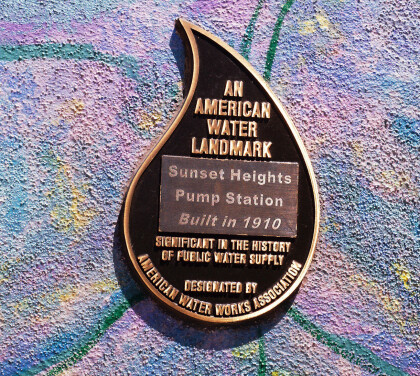
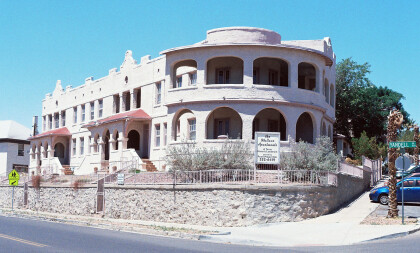
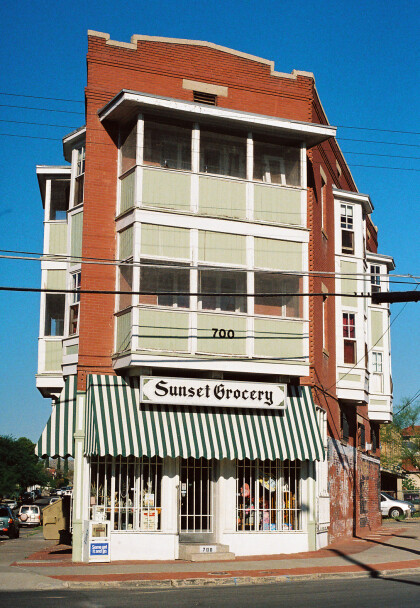
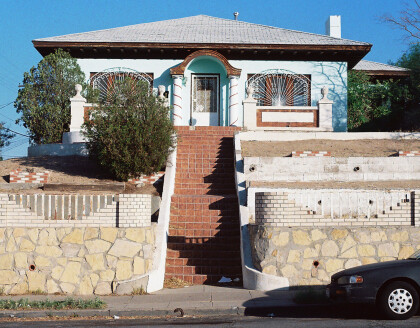
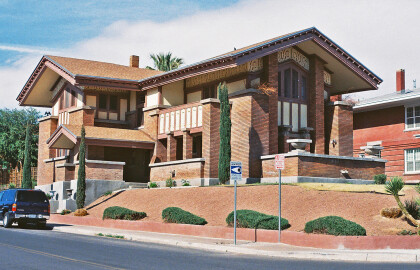
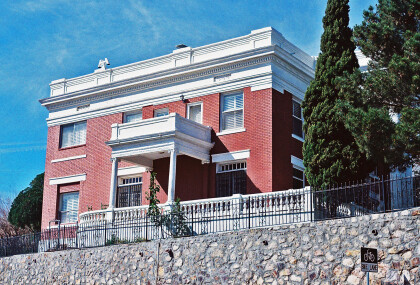
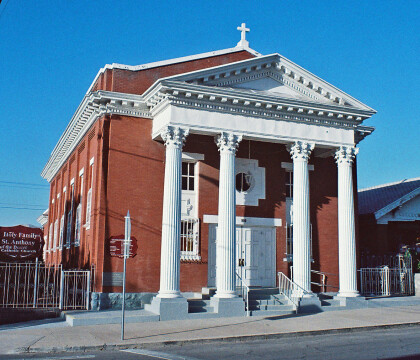
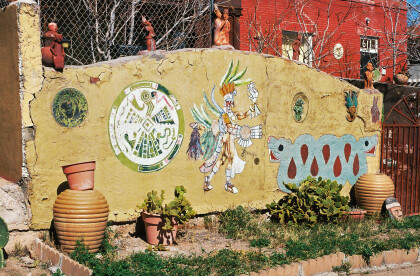
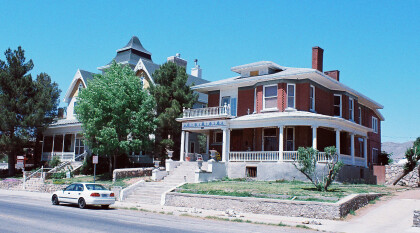
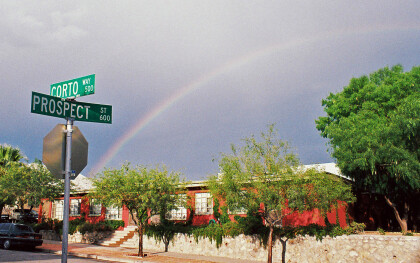
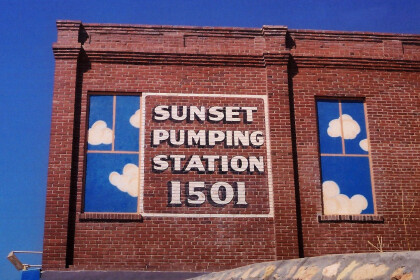
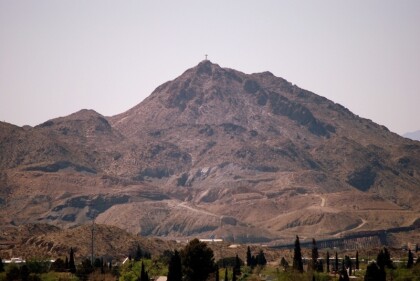
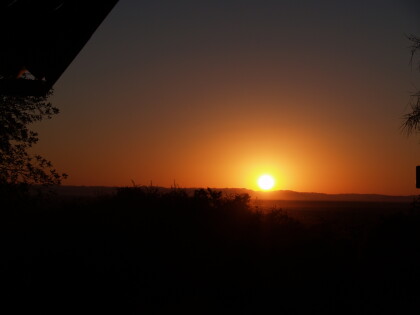
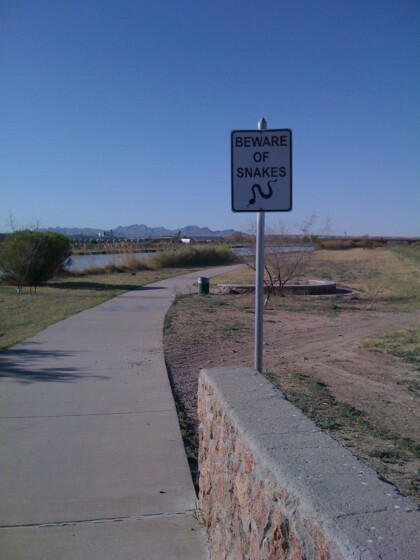
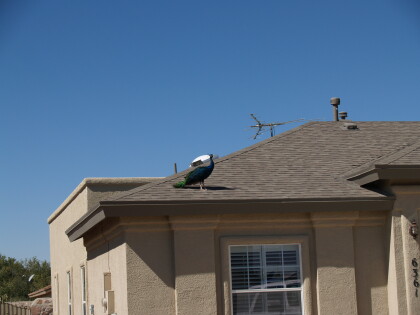
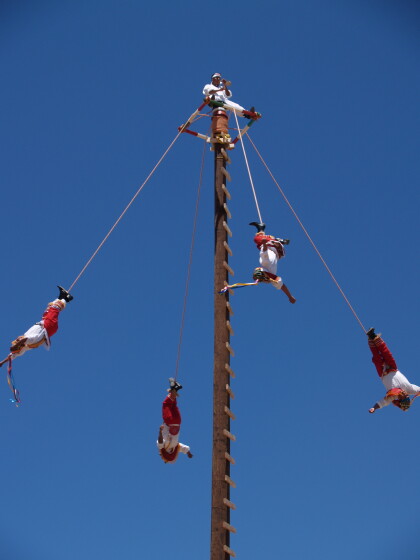
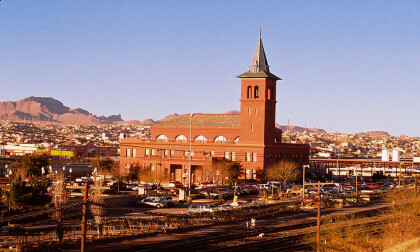
Comments
Add a comment